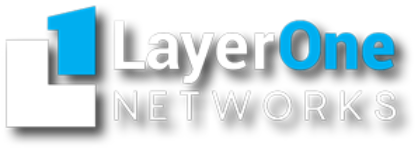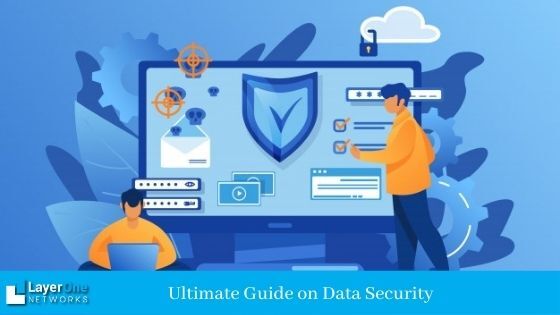Your IT systems are no longer safe unless you have strong data security measures in place.
Data security has become more than a legal obligation to follow a bunch of compliances. When the security of your customer’s sensitive information is threatened, it’s time to take a step back and analyze what you can do to improve safety.
The data threats can be of any form: data loss through cyberattacks, phishing collection of personal information, virus attack, or insider theft. You can strengthen data security by enforcing strict access controls, protocols, strong firewalls, and antivirus and antimalware protection systems.
This blog will take you through various things you need to know to improve your data security.
The Importance of Data Security
Before you look into the details of what data security means and how you can enhance it, let’s start by analyzing the main concerns: Data security is defined as the laws and regulations that ensure the safety of people’s personal information (e.g., credit cards) and information systems in various business, medical, and technical fields. It’s time to think of data security as a responsibility and not a means to comply with regulations.
You have data from users, end-users, and business partners, all of which contain private and sensitive data. Before choosing any third-party service provider, let’s break down each type of information and what you need to know.
End-User Data: They include information such as identity and authentication details, geo-locations, credit card information, bank details, phone numbers, etc. These may be maintained internally but will often leak to another party.
Application Data: This is the code that runs on your computer. For instance, when a website requests a particular piece of information on your computer, this is what you are typing in.
When such data is hacked, it can threaten the very foundation of your business and, at the least, lose your customers’ trust. This is why you need to give the most to such data.

Reasons for Weak Data Security
The main reason for weak data security is human error. Your employees may accidentally click on an insecure link or email attachment that contains malware. Other possible causes include lack of training, lack of control on employees, weakly trained staff, and employees who have a poor understanding of network administration.
If this sounds like your environment, start doing these three things:
- Add passwords to every new login. This way, when a user gets a password for a new account, they won’t reuse the same password.
- Install virus protection and antivirus software on all computers and mobile devices.
- Don’t email sensitive or confidential information to any external sources. That includes emails, text messages, and social media platforms.
How to Improve the Data Security
An effective data security system takes an in-depth look at data and its security needs while changing data processing systems or building new ones. Here are some of the ways to improve your data security.
-
1. Create Strong Passwords
With the increasing usage of mobile apps, password leaks have been a frequent occurrence. It’s unfortunate, but passwords are one of the weakest links to protect our data, exposed more than 30,000 times per day, according to SplashData. We are all guilty of not changing our passwords often enough. This is because most people do not make a conscious effort to change their passwords often enough, or even at all.
The damage can be difficult to recognize and stop. However, there are steps we can take to improve the situation. The first step is not to use a shared password.
-
2. Set Up Firewalls
Your firewall’s purpose is to stop unauthorized devices from accessing network resources and the internet. Make sure you have enabled port forwarding for all your access points to ensure the best results. This allows port forwarding for critical destinations to work.
You can specify the port ranges in which access to these destinations is allowed.
-
3. Enable Access Controls
Using Single Sign-On (SSO) solutions, SSO is a secure system in which one login system can provide you with multiple access points such as web, mail, data, and so on. It is an easier way to protect data and grant access to authorized users. You can create multiple accounts for each of your employees. You can also configure password management systems for each of these accounts.
-
4. Create Encryption
Encrypting your data helps ensure that nobody can access and misuse the data stored on your systems, even if they get their hands on it. You can use standard encryption to add“secret” information into a file, creating a code that a person cannot read without the appropriate decryption key. And you can also simply enable 2FA for your login attempts.
Wrapping Up
Data security is no longer about whether or not you’re complying with rules. Instead, it’s if you’re implementing a security approach that a knowledgeable insider or hacker can’t circumvent.
Being hacked often happens because a person or company is unaware or uneducated about some rudimentary security protocols. Educate your employees to adopt the right security practices to keep your organization safe.

